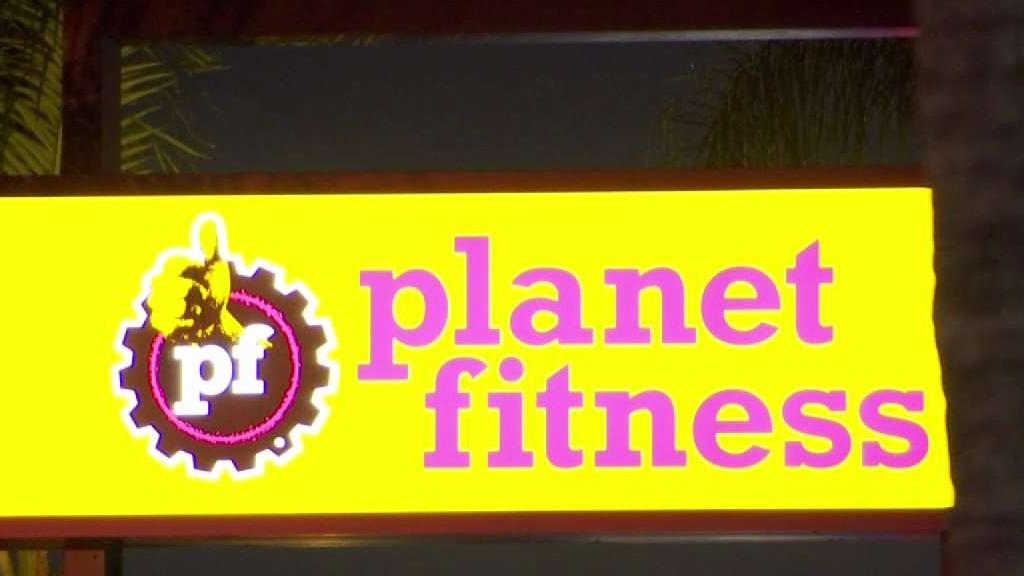In Chicago and across the country, many cities are seeing increases in COVID-19 cases over the last few weeks, which the city's top doctor said could lead to a change in transmissibility levels in some areas.
"New York City, for example, is seeing an increase," Chicago Department of Public Health Commissioner Dr. Allison Arwady said Thursday. "They are also in low, but they are expecting that they may get to that medium risk level possibly in a couple of weeks or so."
About a month ago, the Centers for Disease Control and Prevention began categorizing counties as high, medium or low risk for coronavirus transmissibility, Arwady reminded. Chicago, like other cities, has typically aligned mitigation recommendations with risk level.
Though Chicago has seen an increase in cases, Arwady said the city remains at low risk, meaning the virus is having a "limited impact" on the health care system and there are low levels of severe illness.
Since moving into low risk, Chicago has lifted the indoor mask mandate, as well as the requirement to provide proof of vaccination at establishments like bars, restaurants and gyms.
Though Arwady said she doesn't expect a major COVID surge in Chicago, she detailed what residents can expect should the city hit medium-level transmissibility again.
"If we were to get to the medium risk, we start to be more concerned. We see more impact on the healthcare system, more people with severe illness. If and when we get back to a medium risk, that is when, for example, CDPH would be recommending masks in indoor public settings," Arwady said. "And we would see certain settings setting that as a requirement. I would expect we would see Chicago Public Schools, for example, make a decision to go back to a mask requirement. There are high-risk settings where we would have it - we would also be increasing again availability of certain resources."
Local
"And if we got too high, that is when we would need to do some community level high mitigation mask requirements again in public places, perhaps vaccine requirements for high risk public places etc.," Arwady continued. "But right now still, we are low. I am not alarmed."
Earlier this week, CDPH officials said that they are tracking a “gradual increase” in COVID cases in the city, but that the overall risk of infection remains low for residents.
Feeling out of the loop? We'll catch you up on the Chicago news you need to know. Sign up for the weekly Chicago Catch-Up newsletter.
As of Friday, Chicago was seeing an increase in both its test positivity, which has risen to 1.7% this week, and its COVID cases, with the city averaging 312 new cases per day.
That represents an increase from the 284 daily cases that the city was reporting one on Tuesday, according to CDPH data.
Deaths, however, have dropped 75% over the past week to less than one per day. Hospitalizations have also declined over the past week to 5.86 per day on average, which is a 51% drop over the last seven days.
City officials say that the BA.2 omicron subvariant is likely driving the increases, following a nationwide trend that has seen the strain become dominant in the United States.
Dr. Allison Arwady, commissioner of CDPH, says that the city is expecting the increases to continue, but cautioned that officials have not observed a “surge” in cases.
“We expect to see this gradual increase continue for the near future, but we’re not seeing signs of a major surge and there’s nothing unexpected about the outbreak right now in Chicago,” she said.
Arwady says that the city will continue stepping up its efforts to promote vaccinations and boosters, especially in Black and Latinx communities.



